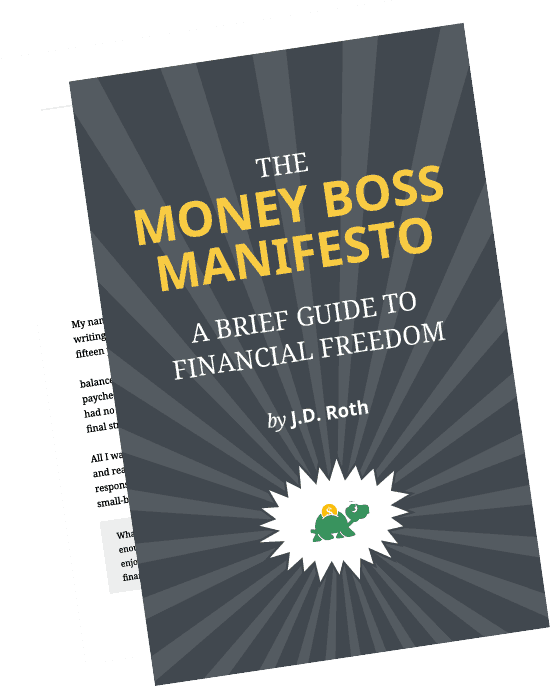Buying food: Grocery shopping tips from 1950
The American housewife! Who has a more important or more responsible occupation? Wife, mother, laundress, counselor, maid, chef, purchasing agent. All of these are her duties at one time or another.
So begins Buying Food, a home economics film from 1950. Buying Food is fascinating not just for its shopping tips, but also for the inside look at a grocery store from 60 years ago. (Self-service grocery stores were introduced in 1916 and grew in popularity during the 1920s and 1930s, but they were still relatively young in 1950.)
The condescending narrator e-nun-ci-ates his thesis:
If her income is limited — and most incomes are — it is her duty to be sure that what she has to spend buys the most in healthful, nutritious food for her family. Yes, she feels that she must buy wisely if she can. But what does this mean? What can she do to be sure that her money goes as far as possible?
Most of these tips will probably be quite familiar. But remember, this film is meant to educate future housewives: high school girls. Tips include:
- Use a grocery list to eliminate impulse buying. Notice that the film’s impulse buyer is a man. A man can’t possibly know how to shop properly, right? (Kris would answer “yes”.)
- Buy only what you need. When you buy too much, whether through impulse or through mistaken economy, you run the risk of creating waste. And wasted food is a huge drain on the budget (both then and now).
- Compare unit pricing. The film doesn’t call it unit pricing, but that’s what it is. Viewers are instructed to compare the price per ounce on a can of beans, for example. Search for the best value, which isn’t always the largest lot.
- Buy in bulk. You can often save money by purchasing “case lots”. (Actually, the grocery store we used to shop at in my home town still has a “case sale” every summer. You can order cases of your favorite food in advance. I’d always order a case or two of my favorite canned chili. It was a great way to save money.)
- Don’t buy foods your family won’t eat. And don’t buy too many perishables. Again, you don’t want to waste food.
- Know what you’re buying before you buy. “When you buy canned goods, be sure to read the label. The information on the label is much more reliable than the flowery language of advertisements.”
- Purchase produce in season, when possible. Produce costs less and tastes better when it is in season. (Yes, it’s obvious, but it’s a main point in the film.) The film also notes that “if the housewife’s time is not too highly valued”, home-canned produce can be a savings.
- Frozen foods are a good choice. They’re nearest in quality to fresh produce. They cost a little more, but this cost is offset by the fact that there’s no waste.
- Use the best grade of milk available to you. “Disease may be contracted by drinking unsanitary raw milk.” (Of all the tips, this seems least applicable to modern grocery shoppers.)
But successful meals aren’t just about smart shopping. The film notes that cooking skills are important, too:
The cooking ability of the housewife [is] highly important. It doesn’t take much skill to make an excellent meal from an expensive t-bone steak. But the sign of an accomplished cook is an attractive and tasty dish made from less expensive meat: hamburger, frankfurters. Even a well-prepared, well-seasoned stew is a dish a housewife can be proud to set before her family.
Over the past few weeks, Kris and I have had fun browsing through the Public Domain media at the Internet Archive. There’s a massive collection of old instructional films (like this one) on a variety of subjects — dating, diet, driving — including many on personal finance. If you, too, enjoy films like this, I encourage you to spend some time exploring the site.
Become A Money Boss And Join 15,000 Others
Subscribe to the GRS Insider (FREE) and we’ll give you a copy of the Money Boss Manifesto (also FREE)
